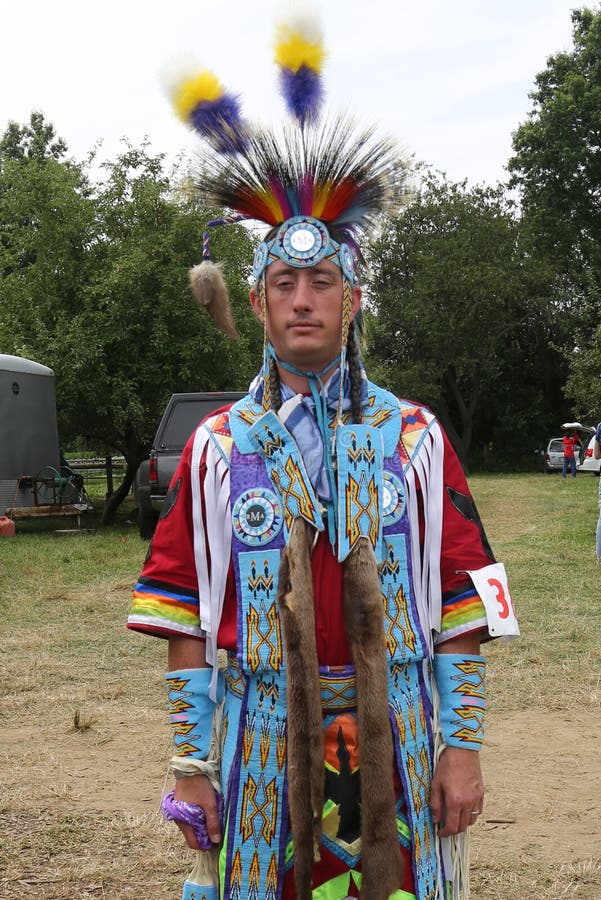
Many stories from western Vancouver Island and northern Washington speak of a struggle or battle between Thunderbird and Whale, and throughout Cascadia stories about these figures frequently include explicit mention or visual imagery suggesting earth shaking and/or tsunamilike effects. The thunderbird is a regular fixture on top of totem poles of native tribes in the Northwest.Īrtwork by Doug Zilke Coghlan Art Studio and Gallery To the Pacific Northwest Indian, the Thunderbird is the most powerful of all spirits. They create thunder by flapping their wings and shoot lightning bolts out of their eyes. Thunderbirds are usually said to bring storms and rain in the native stories. Although native myths vary between tribes, the acts and personalities of these supernatural beings in the stories generally describe the effects of earthquake and/or tsunami. The Thunderbird and Whale in the Native American stories are creatures of supernatural size and power. The Pacific Northwest traditions speak of shaking and flooding from the sea by referring to a struggle between the Thunderbird and the Whale. Other stories refer to the effects of earthquake or tsunami metaphorically. Some native stories are literal, and clearly refer to recent historical happenings. Ruth has retired from the UW and is currently living in Seattle.Earthquake and flood references are common in native oral traditions all along the Cascadia margin from Yurok territory in northern California to Kwakwaka'wakw territory at the northern end of Vancouver Island. For further reading about dating the 1700 Cascadia earthquake and Native American stories, please go to Dating the 1700 Cascadia Earthquake and Native Lore Tells the Tale.Īcknowledgement: Former PNSN Research Scientist Ruth Ludwin spent years studying stories and artwork of Pacific Northwest Tribes and is the original author of the vast majority of materials presented in this chapter. These stories are common among the native people in the Pacific Northwest. Native traditions tell of shaking and flooding along the Cascadia coast and estimate the date of the last earthquake by using stories that count the number of generations since its occurrence. Pacific Northwest Indian tales and legends related to the 1700 megathrust earthquake and found a set of related stories that, taken together, indicate that strong shaking was felt over a wide area and accompanied by severe coastal flooding. This research renewed interest in understanding how these events may have impacted the many thousands of Native Americans living here. Over the past 3,500 years these great earthquakes (~M9) have reoccurred 7 times with a average interval of 550 years though 4 of the events reoccurred between 200 and 400 years after the previous great quake. The Mythical Thunderbird Described as a supernatural being, the enormous bird symbolized power and strength that protected humans from evil spirits. The amazing specificity of date and time came through collaborations with Japanese scientists and historians who helped identify the Cascadia Subduction Zone as the source of a deadly “ orphan tsunami” that flooded areas on the coast of Japan the following day. The Thunderbird is a widespread figure in Native American mythology in the United States and Canada.

Further work in the 1980s and 1990s refined our understanding of the great earthquake that occurred on Januat about 9 PM PST. In the 1990s, PNSN Research Scientist Ruth Ludwin began collecting and organizing other Native American stories and traditions that seem to be related to earthquakes and their effects on the people of Cascadia before westerners arrived.īrian Atwater, David Yamaguchi and others produced detailed evidence of abrupt land level changes and tsunami inundation along the coast of Washington state in the winter of 1699-1700. Design Astoria Oregon Thunderbird Native Indian American on Unisex Crewneck Sweatshirt in navy + more colours, size S-5XL at Spreadshirt customizable. Heaton followed this paper up with a paper about PNW Native American stories that inferred their people were impacted by tsunamis in the not too distant past. Tom Heaton and Hiroo Kanamori published a paper asserting the Cascadia Subduction Zone was indeed actively deforming and is likely to produce great earthquakes. The 1980s was a decade of discovery of evidence for great earthquakes in the Cascadia Region. Although scientific recognition of the earthquake hazards presented by the Cascadia subduction zone (CSZ) is relatively recent, Native Americans have lived on the Cascadia coast for thousands of years, transferring knowledge from generation to generation through storytelling (Ludwin et al., 2005)


 0 kommentar(er)
0 kommentar(er)
